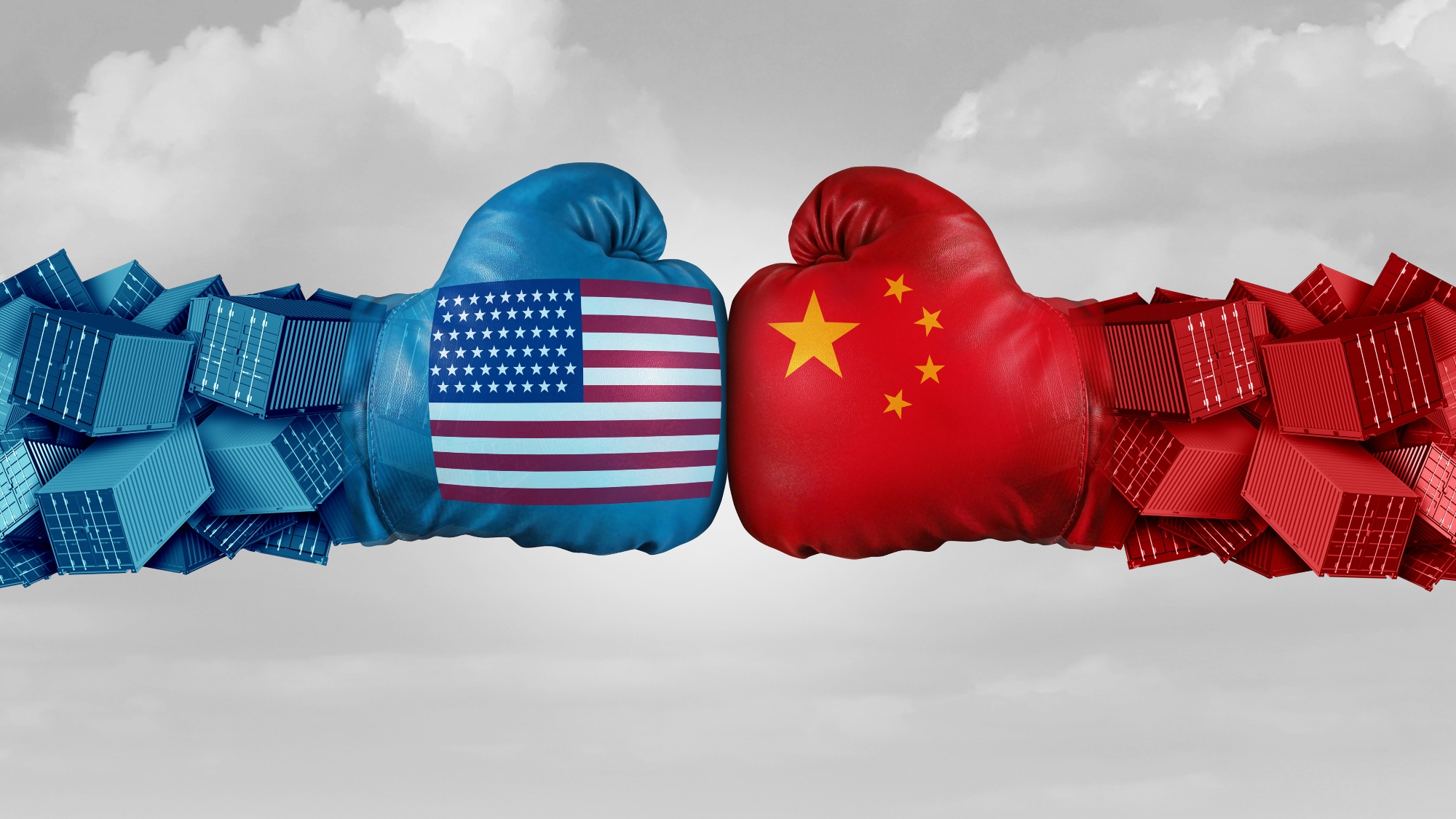Planning and Control Systems in China (PLAN) – China Part 2
Planning is one of the most important, yet one of the most high risk areas of growth in China. One of the biggest challenges for Chinese companies is capacity planning. Needless to say – growth in the Chinese sector is explosive, with a growth of 9.5% in GDP in 2004. Many of the companies do not worry about government-controlled efforts to contain growth, and are proceeding along the lines of planning for 50% growth in sales year over year. In our conversations with Chinese operations managers, we were astounded to discover that less than 10% of the companies we interviewed had formal sales and operations planning processes in place. Moreover, these companies had little to no expansion plans for how to expand production and distribution networks in Chinese manufacturing enterprises. While Chinese CEO’s tend to focus on marketing and sales, there is generlaly little understanding of implications for supply chain planning in the executive suite.
This problem is even more challenged by the fact that Communist Party government efforts to curb GDP growth projection violations are challenged. The 2004 planned was 7% versus te actual of 9.5% (the planned growth is 4% in 2005!) In an effort to curb growth, the Communist government is reverting to drastic measures. In one instance, the government halted construction on 10 billion RMB Huanjou steel building project. The funds had been brought in by foreign investors, and in the middle of the project, the government decided that the steel mill would contribute excessively to growth – so they immediately halted production. The half-completed steel mill is rusting away, with all of the investments washed up, as we speak.
Because of China’s Communist government, there have been political barriers in place on both the Chinese side and the US side, but the situation is improving. Since the 1970s China has made efforts to reform their economy and liberalize trade and has set up eight special zones to draw foreign investment and trade (Shenzhen, Shanghai, Beijing, Tianjin, Guangzhou, Dalian, Xiamen, and Shatou) (1). Partially due to the reform efforts, as well as the potential of China in the world market, China was finally admitted to the World Trade Organization on November 11, 2001, fifteen years after applying. Admission was finalized only after the US Congress voted to grant China Permanent Normal Trading Rights in 2000, and President Bush certified the US-China bilateral WTO agreement on September 10, 2001 (2).
For some companies, one of the goals of global purchasing is to establish a presence in an international market, but in China this may be an elusive objective, despite the huge potential market. Many companies have built facilities in China with the hopes of selling to the local market, but have ended up exporting the goods produced because demand has failed to materialize. Usually, as industries move into a developing region and unemployment drops, real wages start to rise and demand for goods increases (3). However, China still has a huge number of under- and unemployed people, which has held wages low. While this vast pool of cheap labor has continued to attract new businesses, demand in the Chinese market has been slow to develop. So if this is one of a company’s goals for global purchasing, a careful analysis of the market should be undertaken first.
Other problems include poor forecasting processes. Even in companies with a formal S&OP processes, forecasting consists of predicting total volume growth of X% across all product lines – with no breakdown by SKU. There is little planning for obsolescence and inventory levels, and poor communication between sales groups and their end customers. We saw no evidence of market intelligence units for capacity and inventory planning. The risks for North American companies selecting a sourcing channel? Does your supplier have a plan to delivery on the forecast?!
References:
(1) Andreoli, Teresa, “Wal-mart sees potential fortune in China debut,” Discount Store News, 35, no. 14 (July 15, 1996), 1-2.
(2) Prime, Penelope B., “China joins the WTO: How, why, and what now?”, Business Economics, April 2002.
(3) “Leaders: Eating your lunch?” The Economist, Feb. 15, 2003.
- Categories:


